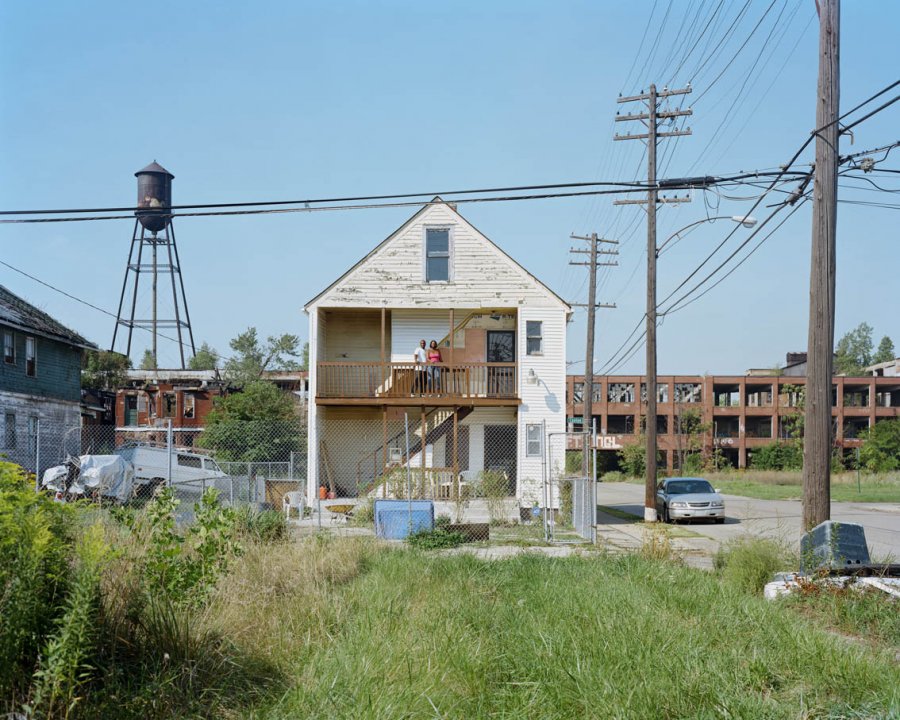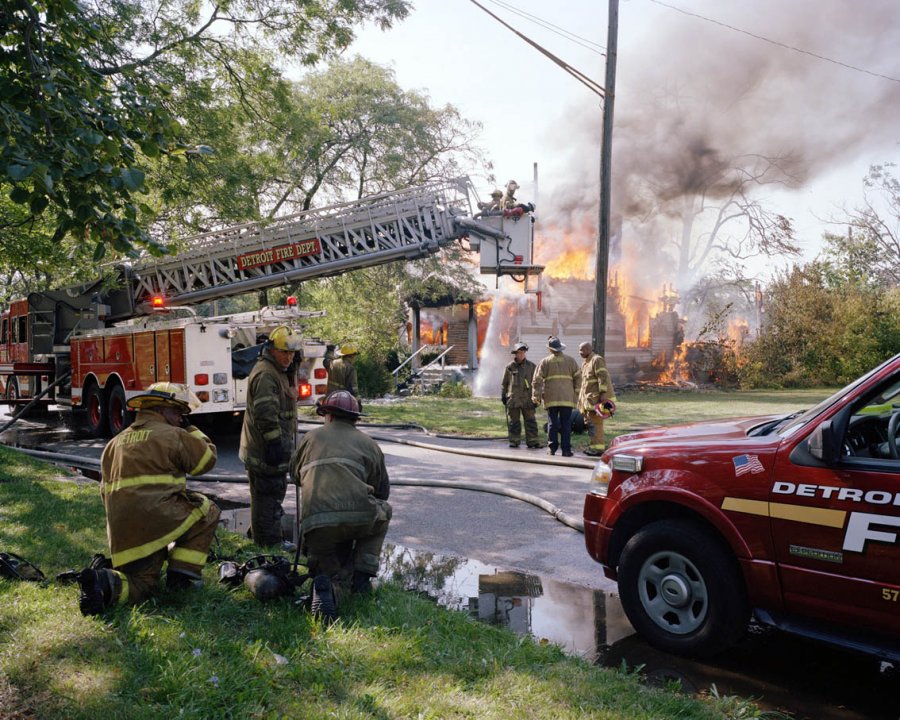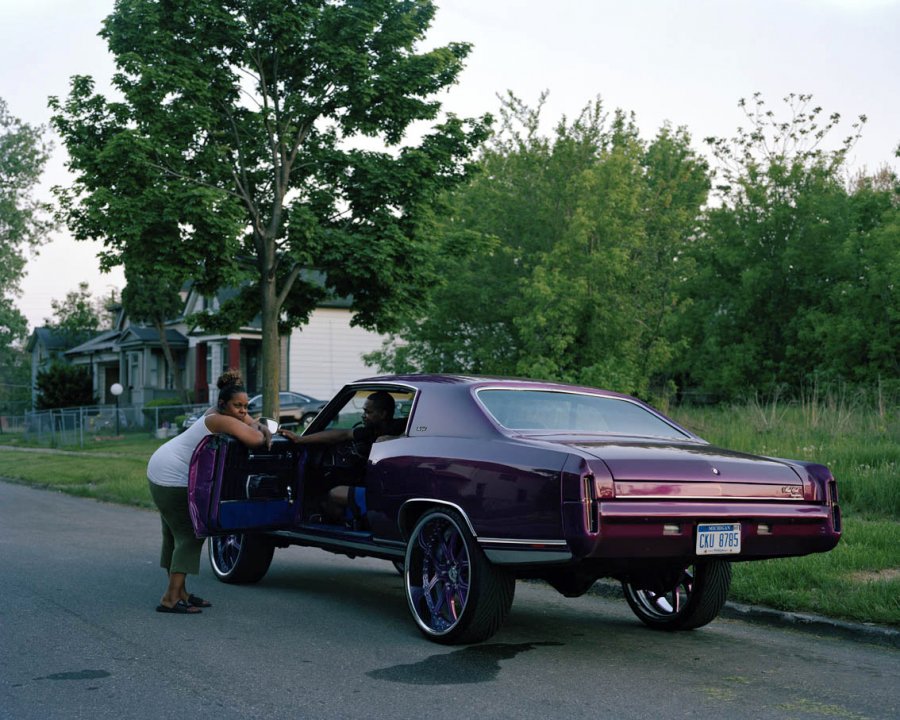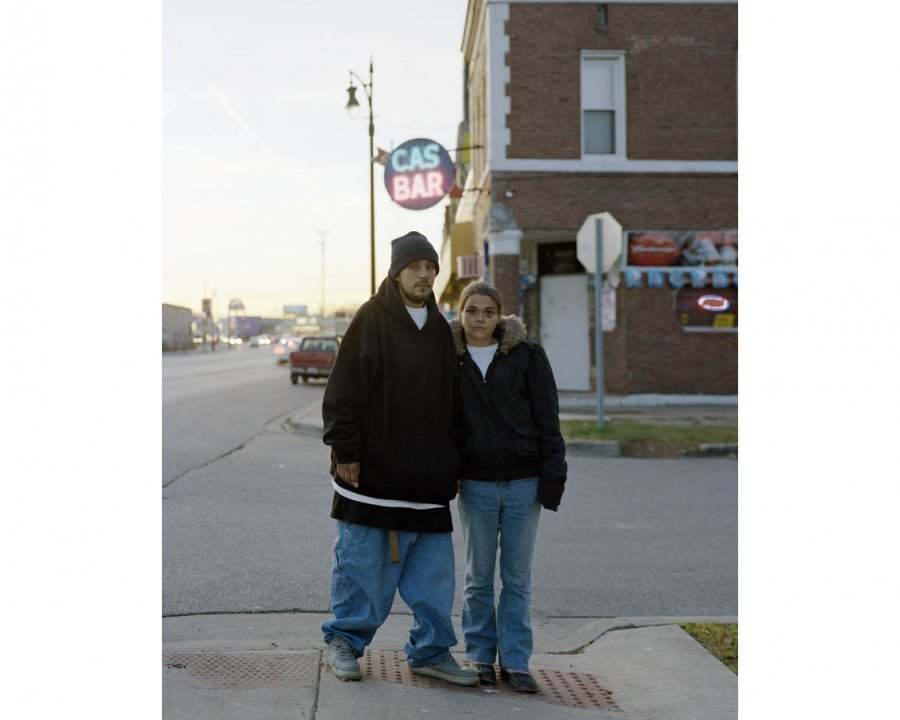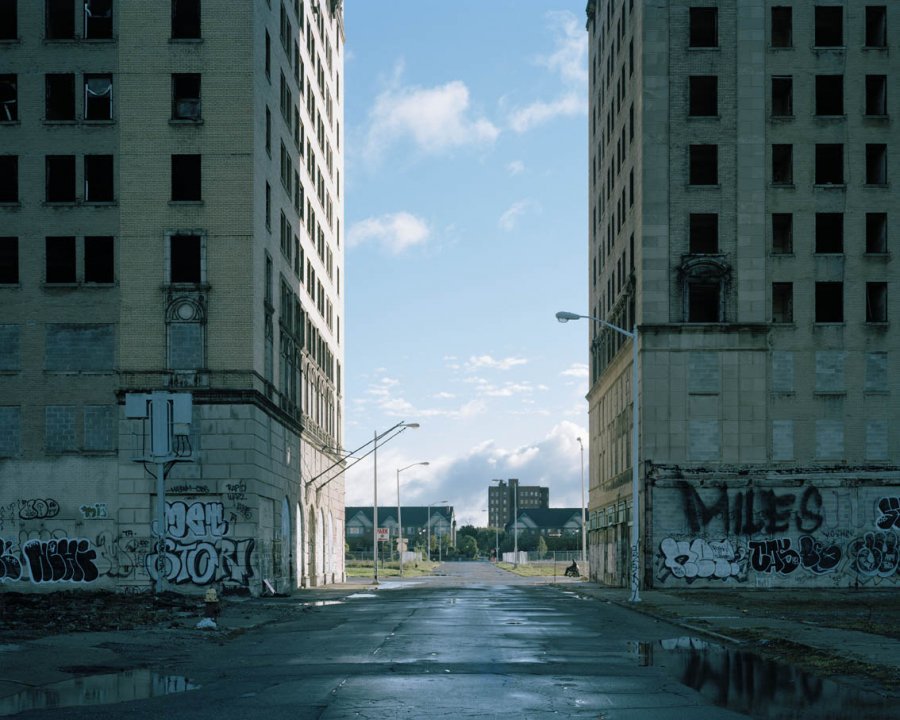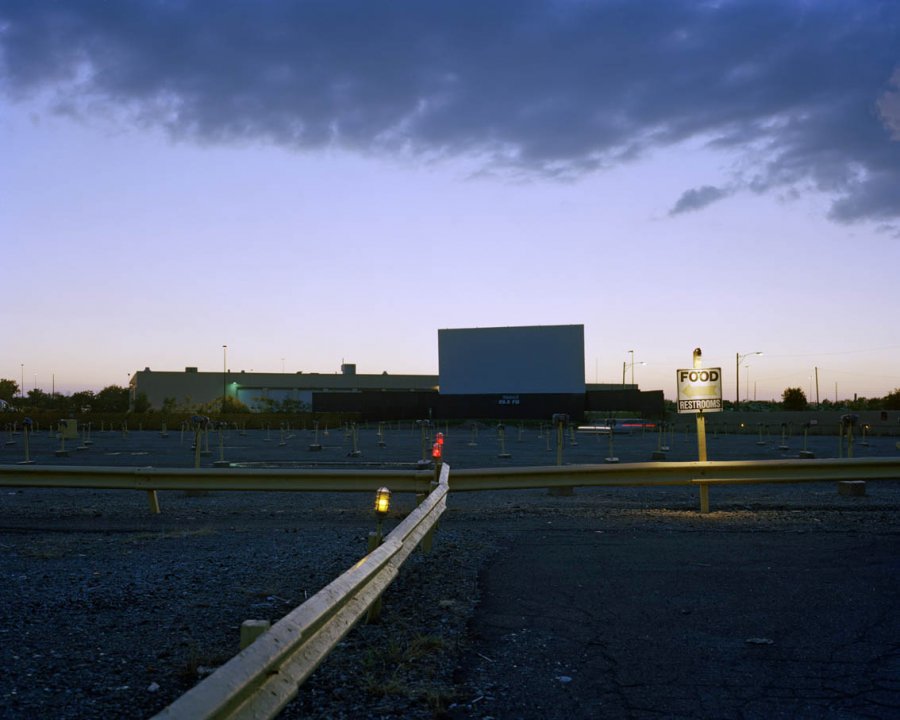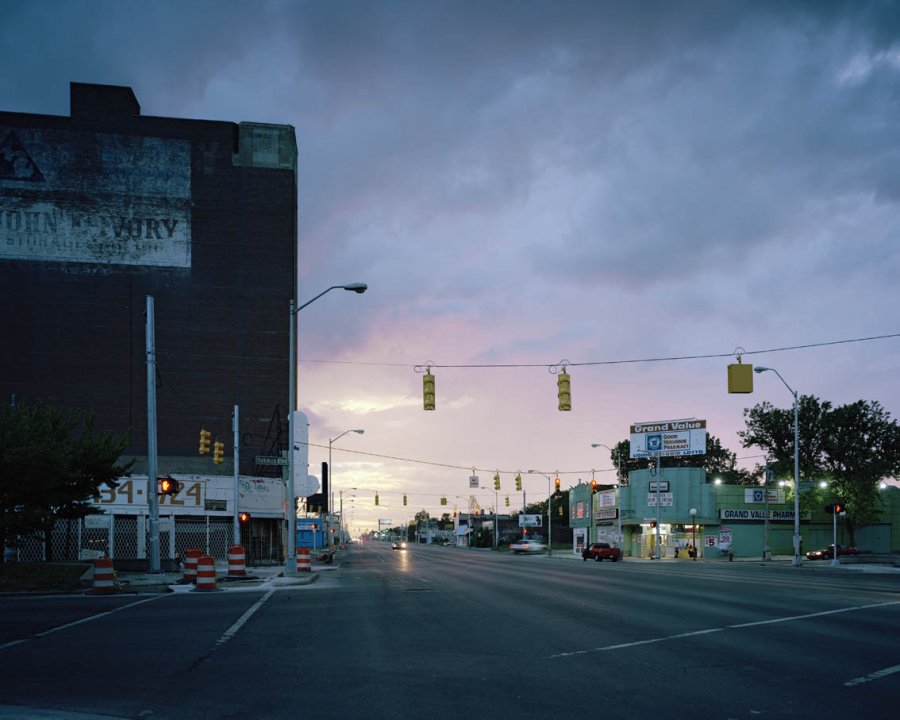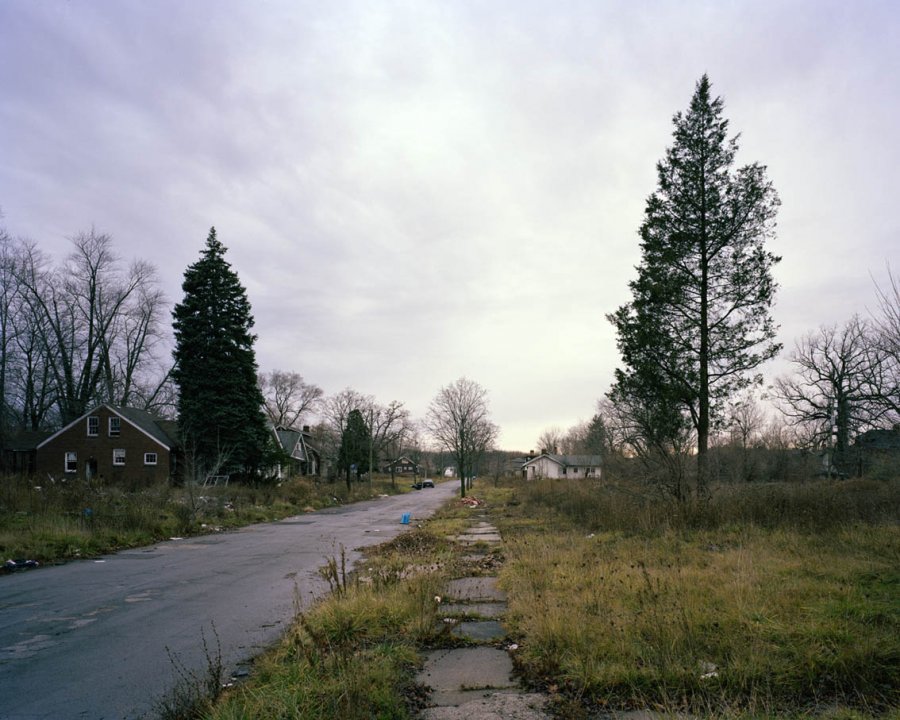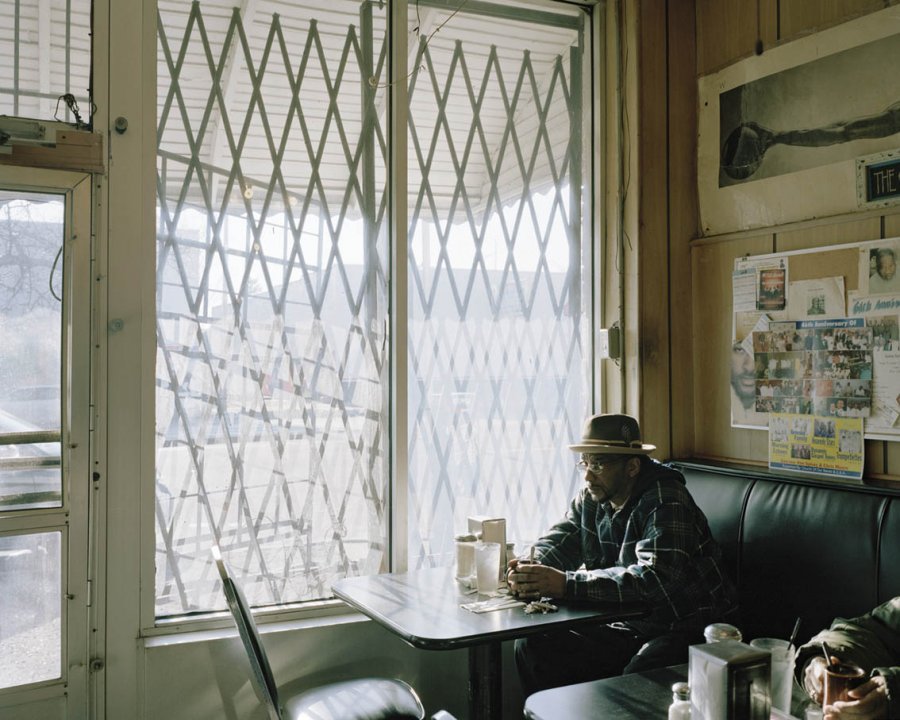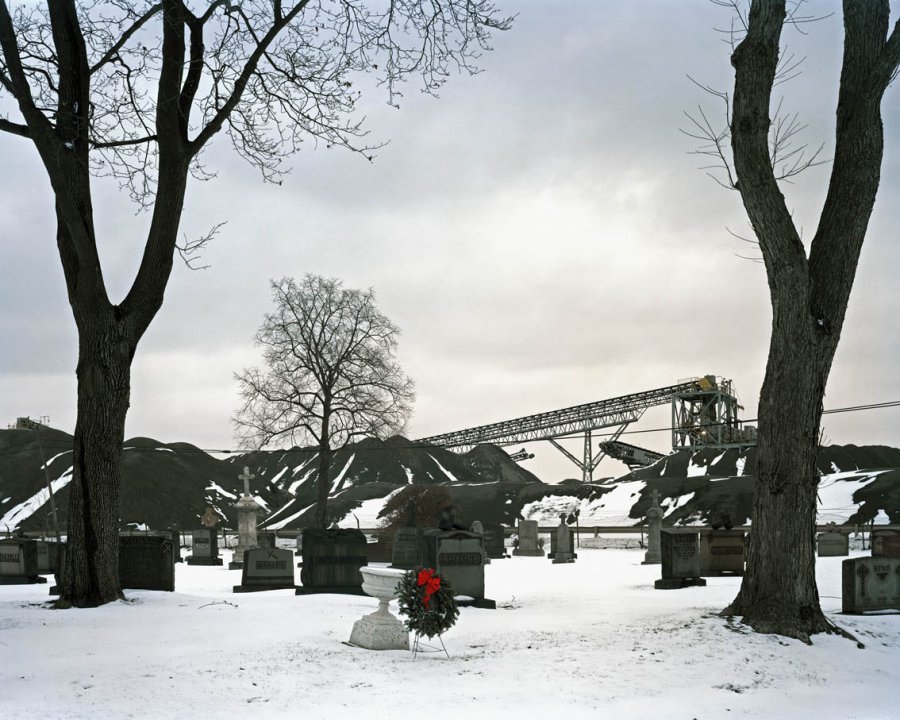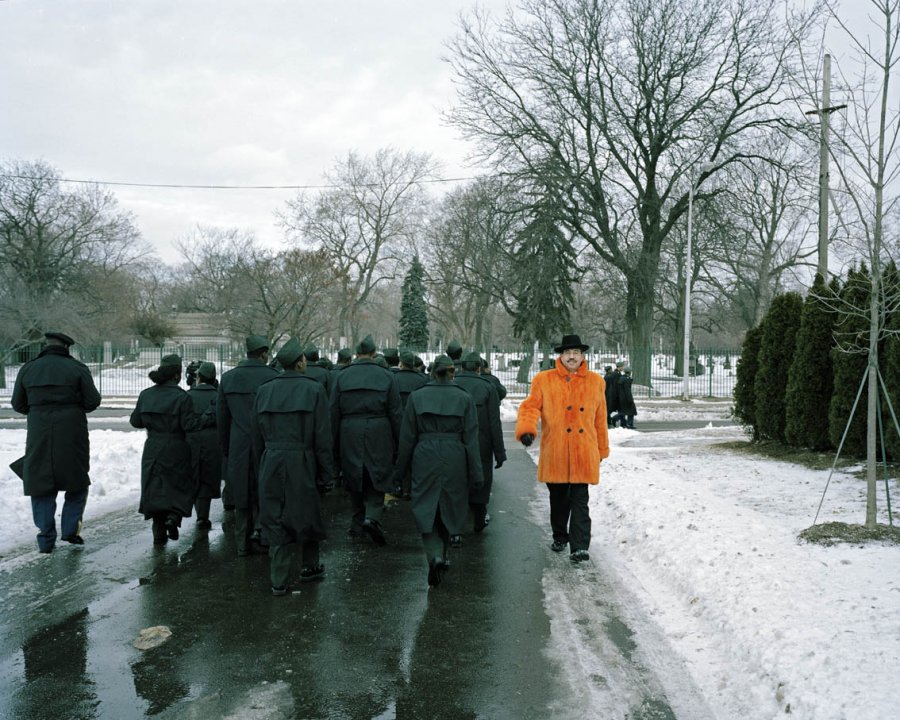THE BEAVER AND THE CADILLAC
Detroit 2012-2014
“The Beavers are Back!” was the headline in a local Detroit newspaper just as the city had hit rock bottom in the aftermath of the 2008 subprime crisis. The rodent, hunted to near extinction in the Detroit area, was making a triumphant return, 75 years after it’s last sighting. That same year, General Motors, and its famous Cadillac would have gone bankrupt if it wasn’t for the historic bailout from the federal government. Ironically the luxury brand borrowed its name from Antoine de Lamothe Cadillac, the French explorer who founded the city in 1701. Detroit’s main activity back then was the beaver fur trade. In French we would say: “la boucle est bouclée”: the circle is completed.
Beyond the anecdote, the Beaver’s reappearance symbolizes the impact of the industrial crisis on the environment. During most of the 20th century, Detroit was one of the wealthiest, and most innovative boom towns in the United States—a thriving metropolis that in the post-war decades embodied America’s economic and military might. Since the city’s peak in the 1970s, entire communities have undergone a process of desertification and abandonment as the city’s population has decreased by over fifty-percent, leaving forty square miles of empty land.
The abandoned, desolate spaces that have come to define Detroit serve as a reminder not only of what has been lost, but also what perhaps could someday still happen. Those who remain in inner-Detroit are the leftovers of the exodus, living amid the shells of industry; of entertainment, near an abandoned drive-in; continuing to decorate (and dream?). The tension between nature’s reclamation and city’s stubborn refusal to surrender is a paroxysm evident throughout the city as the struggles to reinvent itself, and hopefully find space for beavers to co-exists…

